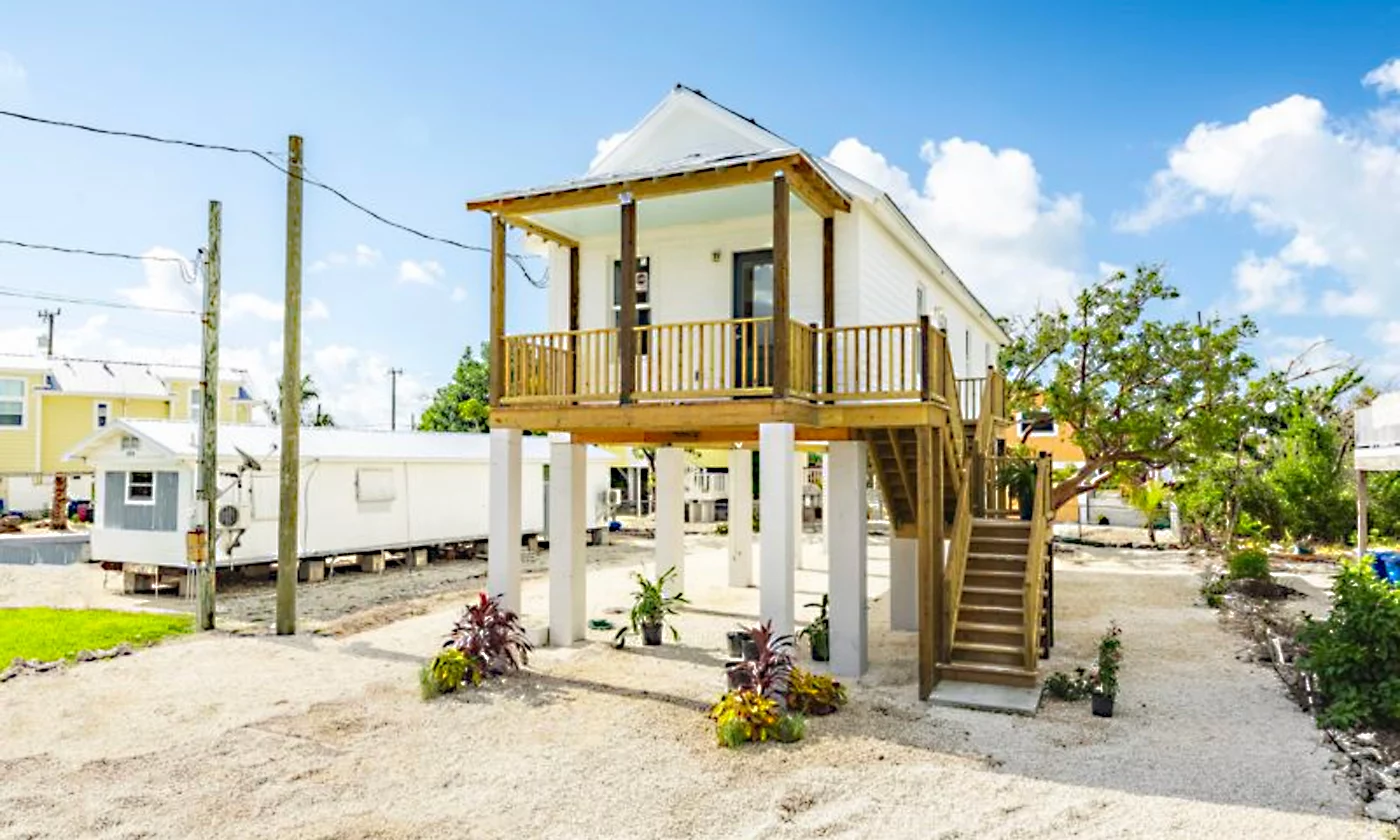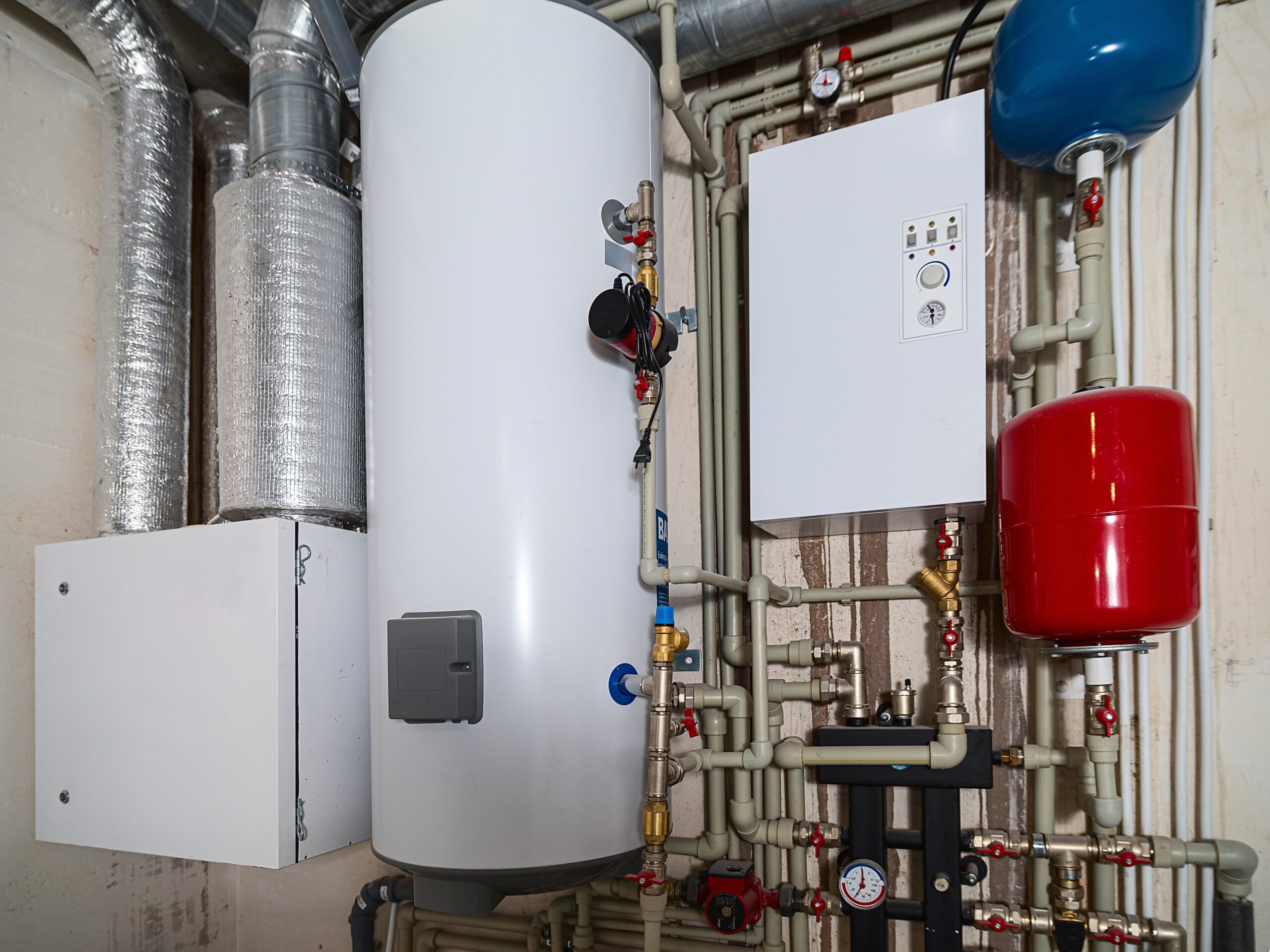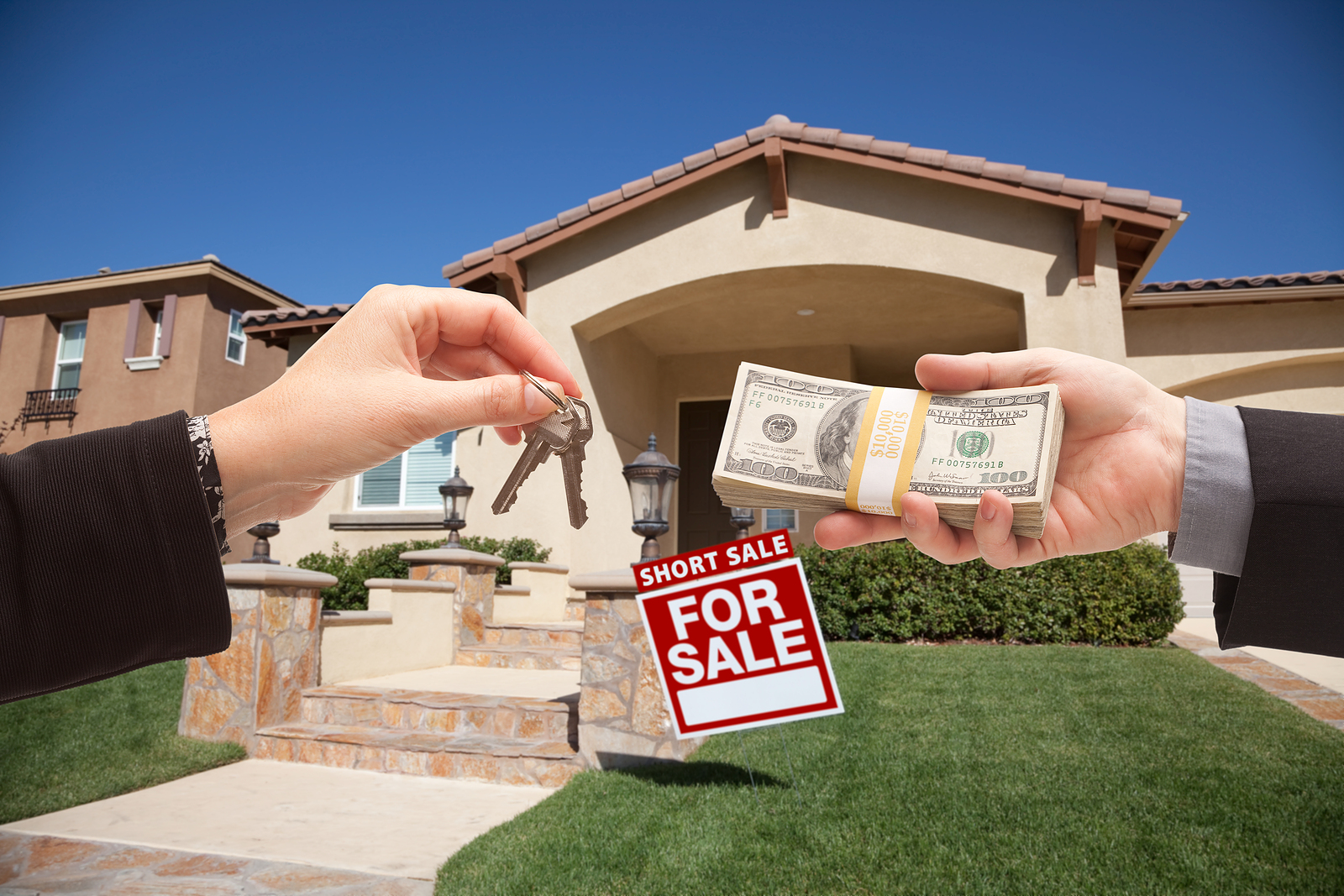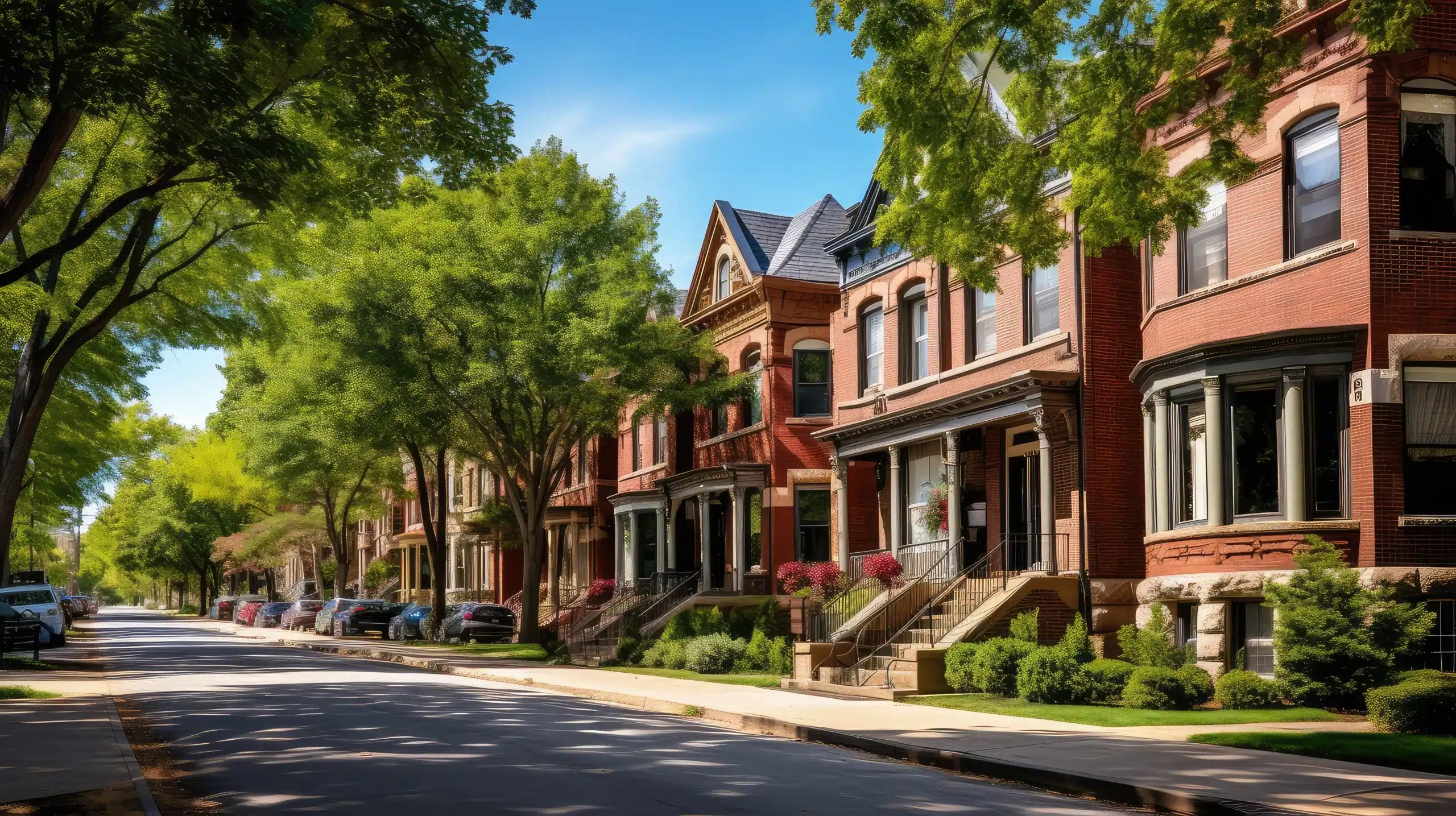Renovations That Slow Down Home Sales

When selling a home, renovations are often seen as a way to increase property value and attract potential buyers. However, not all home improvements have the desired effect. In fact, certain renovations can lead to a delayed sale, impacting your selling strategy and reducing buyer interest. Whether it’s over-renovation, costly upgrades, or mismatched buyer preferences, the wrong choices can hinder your chances of a quick and profitable sale. This guide explores the renovation pitfalls that slow down home sales, helping you make informed decisions that maximize value without unnecessary delays.
How Over-Renovation Impacts Property Value
One of the most common mistakes homeowners make is over-renovation. This occurs when the cost of home improvements far exceeds the increase in property value they provide. While it’s tempting to upgrade every room to attract buyers, over-renovation often backfires. Buyers in a particular neighborhood have price expectations, and if your property is significantly more expensive due to extravagant upgrades, it may sit on the market longer.
Over-renovation also risks alienating potential buyers. For example, luxury finishes or highly personalized decor may not appeal to a broad audience. Buyers want a home they can make their own, so overly customized features can be a turn-off. To avoid this pitfall, it’s essential to focus on cost-effective upgrades that enhance the home’s functionality and style without overdoing it.
Additionally, consider the local real estate market. Research comparable properties to understand what buyers are looking for and how much they’re willing to pay. This information helps you make strategic renovation decisions that align with buyer preferences and prevent a delayed sale.
Costly Upgrades That Don’t Pay Off
Not all home improvements provide a good return on investment. Low ROI renovations are typically costly upgrades that don’t significantly impact property value or buyer appeal. These upgrades can prolong the selling process, leading to a delayed sale and increased holding costs.
One example of a low ROI renovation is a high-end kitchen remodel. While kitchens are essential selling points, extravagant updates like custom cabinetry, imported countertops, and luxury appliances can cost tens of thousands of dollars without delivering an equivalent increase in property value. Instead, focus on minor updates like repainting cabinets, updating hardware, or installing energy-efficient appliances. These small changes improve functionality and style without the hefty price tag.
Similarly, expensive bathroom renovations with custom vanities, designer tiles, or spa-like features may not resonate with all buyers. Most buyers prioritize functionality, cleanliness, and simplicity over luxury finishes. Practical updates like modern fixtures, fresh paint, and updated lighting provide a better return on investment and attract more buyers.
Luxury additions, such as home theaters, wine cellars, or elaborate landscaping, are also risky investments. These features cater to niche buyers and may not appeal to the average homebuyer. In contrast, cost-effective improvements like curb appeal enhancements, fresh paint, and updated flooring are more likely to provide a positive impact on property value and speed up the sale process.
Mismatched Renovations and Buyer Preferences
One of the biggest renovation pitfalls is failing to consider buyer preferences. Mismatched renovations occur when home improvements don’t align with what buyers in your area are looking for. This can lead to a delayed sale as buyers struggle to connect with the property.
For example, converting a bedroom into a home office or gym may seem like a practical upgrade, but it limits the home’s functionality. Most buyers prefer versatile spaces that can serve multiple purposes, such as guest rooms, playrooms, or additional bedrooms. If you decide to stage the room as a home office, keep it flexible by avoiding permanent built-ins or overly personalized decor.
Another common mistake is choosing bold paint colors, extravagant lighting fixtures, or unique flooring options. While these choices may reflect your personal style, they can limit buyer imagination and make it difficult for potential buyers to envision themselves in the space. Opt for neutral colors, modern fixtures, and simple, timeless designs to create a blank canvas that appeals to a wider audience.
It’s also important to consider regional preferences. For example, outdoor living spaces are highly desirable in warmer climates, while energy-efficient features are popular in areas with high utility costs. Researching local market trends helps you tailor your renovations to meet buyer expectations and increase your chances of a quick sale.
Renovation Delays That Stall the Selling Process
Even well-planned home improvements can lead to a delayed sale if not executed efficiently. Renovation delays, such as supply chain disruptions, contractor scheduling conflicts, or permit issues, can significantly impact your selling timeline.
To avoid unnecessary delays, work with reputable contractors who provide accurate timelines and transparent pricing. Obtain all necessary permits before starting the renovation to prevent legal complications. Additionally, order materials early to avoid supply chain shortages or backorders.
If you’re on a tight timeline, focus on quick, high-impact upgrades that don’t require extensive construction or permits. For example, repainting walls, updating hardware, or improving curb appeal can be completed quickly and provide a positive return on investment.
Selling Strategy: When to Renovate and When to Sell As-Is
Deciding whether to renovate or sell as-is depends on your financial goals, timeline, and the current real estate market. If your home only needs minor updates to be market-ready, strategic renovations can increase property value and attract more buyers. However, if the property requires extensive repairs or costly upgrades, selling as-is may be the better option.
Selling as-is eliminates the need for renovations, allowing you to sell your house/cash offer without the stress of costly improvements. This approach is particularly effective for homeowners looking for a quick sale or those dealing with financial constraints.
It’s essential to conduct a cost-benefit analysis before deciding on your selling strategy. Compare the estimated renovation costs to the potential increase in property value to determine if the investment is worth it. If the costs outweigh the benefits, selling as-is provides a faster and more profitable solution.
High-Impact Upgrades That Speed Up Home Sales
If you decide to renovate before selling, focus on high-impact upgrades that provide the best return on investment. These cost-effective improvements enhance the home’s appeal without the risk of over-renovation or mismatched buyer preferences. Enhancing curb appeal is one of the most effective ways to attract buyers and speed up the selling process. A well-maintained exterior creates a positive first impression and encourages buyers to explore the property further. Simple landscaping, such as neatly trimmed hedges, a freshly mowed lawn, and colorful flowers, creates a welcoming atmosphere. Additionally, repainting the front door in a bold yet neutral color and updating outdoor lighting adds style and security to the home’s exterior.
Another impactful upgrade is refreshing the interior with neutral paint and updated flooring. A fresh coat of paint in soft grays, beiges, or whites makes the home look clean, bright, and inviting. Neutral colors create a blank canvas that allows potential buyers to envision their personal style in the space. Choosing cohesive color schemes throughout the home enhances the sense of flow and continuity. Flooring also plays a significant role in buyer perception. If your floors are outdated or damaged, consider modern, cost-effective options like laminate, vinyl plank, or refinished hardwood. These choices provide a contemporary look that appeals to a broad audience, increasing buyer interest and speeding up the sale process.
Minor kitchen and bathroom updates are also highly effective in boosting buyer appeal. Instead of a full remodel, focus on strategic changes that enhance functionality and style. In the kitchen, repainting or refacing cabinets gives a fresh, modern look without the expense of replacing them. Updating cabinet hardware, installing new light fixtures, and adding a stylish backsplash enhances the overall appeal. Additionally, replacing outdated appliances with energy-efficient models attracts eco-conscious buyers and increases property value.
In the bathroom, simple updates like modern fixtures, fresh paint, and new lighting create a clean, spa-like atmosphere. Replacing old vanities, mirrors, or hardware adds elegance without requiring a complete renovation. Additionally, regrouting tiles and deep cleaning improves the bathroom’s appearance, making it more inviting to potential buyers. These strategic upgrades are cost-effective yet impactful, providing a positive property value impact and reducing the risk of a delayed sale.
Don’t Let Renovations Delay Your Home Sale
Choosing the right renovations can make a significant difference in your selling strategy, but they’re not always necessary. If you want to avoid the hassle of costly upgrades and sell your house quickly, Peerpoint Property Solutionsis here to help. We buy houses in any condition, giving you a fair cash offer and the flexibility to close on your schedule. Whether you want to renovate or sell fast, we make the process simple and stress-free. Visitus and take the first step toward a fast, hassle-free sale.




